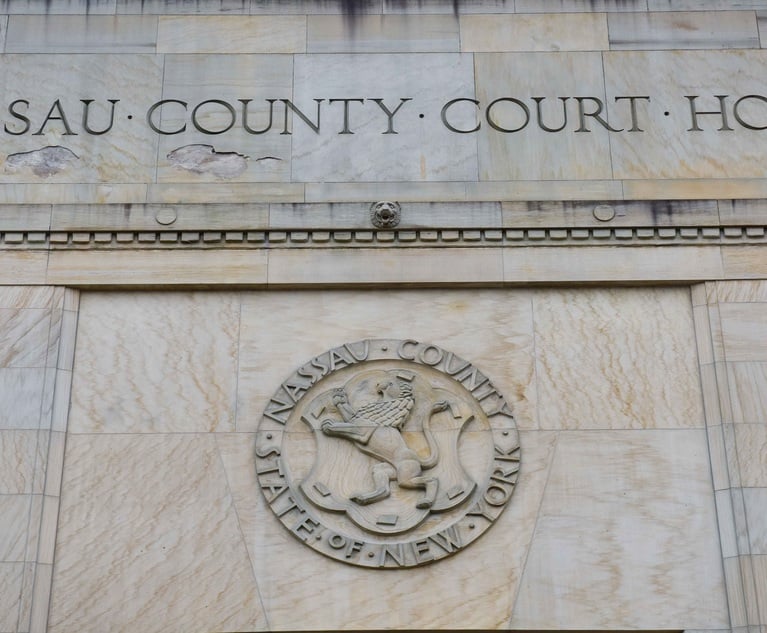It is indisputable that life is full of choices. It is also indisputable that each choice has consequences. Reduced to its most basic terms, a choice can either be helpful or harmful, positive or negative, good or bad, ethical or unethical or, simply put, right or wrong. Whether the choice results in an affirmative act or an omission, the choice one makes has the potential to have far reaching consequences on others. In every case, someone makes a choice that gives rise to the claim. For the attorney conducting a cross-examination of the person or persons who made the choice, dissecting the thought process that led to that choice will provide fodder for cross-examination and lead to success in the courtroom.
Consider first the example of a driver who made a choice to text while driving. As a result of her texting, the driver struck a young boy who was terribly injured. Although the choice to text was made in a split second, the potential consequences surrounding the choice were well known to the driver before the life changing event ever took place. It is the underlying knowledge of those potential consequences that must be explored during cross-examination to fully unlock the severity of that choice. In this example the trial lawyer could jump right to the improper conduct:
Q: You picked up your phone while you were driving, true?
Q: And you struck the child while texting, correct?
A: The child ran out from between cars.
Q: You looked away from the road?
A: Only for a split second. The child darted out.


 Ben Rubinowitz and Evan Torgan
Ben Rubinowitz and Evan Torgan




